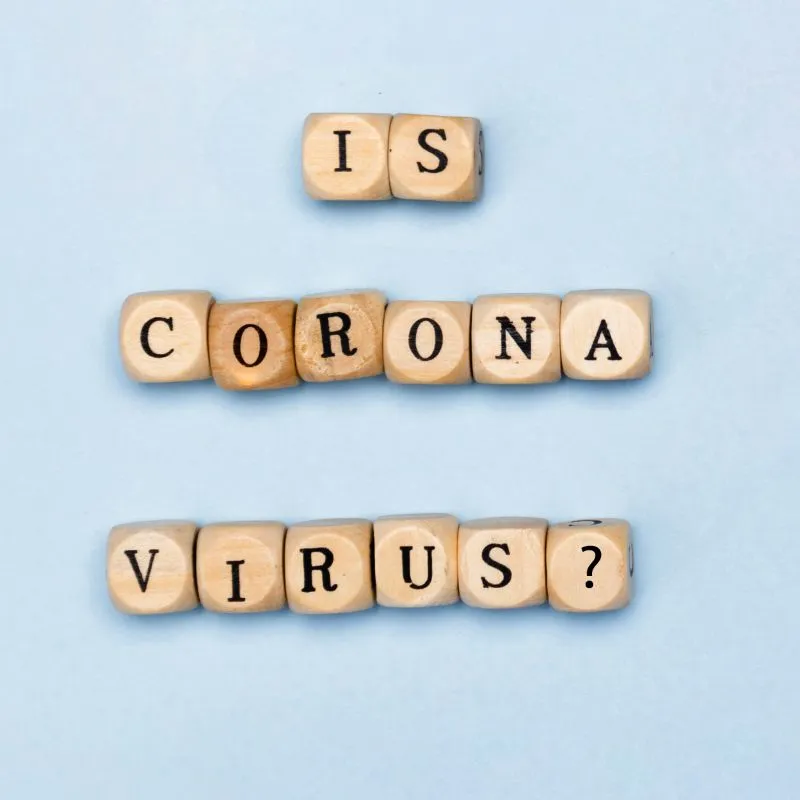Coronaviruses come under the umbrella of the Coronaviridae, crown or halo shaped structures that can be observed under an electron microscope. This virus binds itself to the host's cellular structure through its spike-like shapes. The bad thing about the coronavirus is that once it enters the cells of its inhabitant, it starts multiplying. From there, it is carried to the rest of the cells and starts spreading fast. This is the reason why it's so contagious.
Origins and transference
These viruses are generally found in animals like livestock and other pet animals that are kept at home. Among wild animals, its presence was observed in bats.
Coronaviruses cause flu-like symptoms in those affected by it. It attacks the respiratory system of its hosts, and if their immunity is already compromised, it can be life-threatening.
COVID-19 or the novel coronavirus emerged in the Wuhan province of China around December 2019 in the Huanan seafood market. Extremely formidable enemies, coronaviruses tend to stick around for long. Scientists all across the world are researching on ways to counter the viral attacks, but there hasn't been much success.
The death toll by now is approx. 2800 people worldwide. The World Health Organization (WHO) is calling this new virus a serious threat to human life but also states that it can be contained through preventive measures.
There has been a lot of misplaced fear and misinformation surrounding the coronavirus and how it affects humans. There are mostly rumors about the seriousness of its fatality, and conspiracy theories are generating unnecessary widespread fear.
It is better to consult your local healthcare facility for accurate information about the virus and to have all your medical concerns properly addressed.
Signs and symptoms
Some symptoms are common to all coronaviruses. They include but aren’t limited to pneumonia-like signs and coughing. There have been more severe symptoms as well. The generally found common symptoms include
- High/low-grade fever
- Difficulty in breathing
- Bad coughing bouts
- Muscular pains and fatigue
- The less common ones are
- Renal function failure
- Bleeding while coughing
- Diarrhea/intestinal problems
- Severe headaches
If the disease continues to get worse, lungs fill up with water, and pneumonia sets in. The airway is inflamed, and breathing becomes a lot more difficult.
Prevention and cure
Like all viral diseases, coronavirus takes time to disappear. Having good immunity can help with the healing process, so stay hydrated and eat fresh and healthy foods. Since it travels through the saliva particles released through sneezing and coughing, wearing a face mask can be a good idea. Various types of masks are available in the market, and most work well by containing the spread of big droplets. However, the respiratory masks are more useful against the novel coronavirus.
Another useful hack for prevention is that you keep your hands and face clean by washing them with soap and clean water. Also, use alcohol-based hand sanitizers for protection against germs.
Keep your nose and mouth covered while coughing or sneezing. Use a tissue or a cloth so that the droplets are absorbed on their surface.
Stay away from crowded places and from anyone who shows symptoms of flu or cold.
Try to eat food that is completely cooked, especially if you're eating the meat of any kind.
For farmers and households that host pets, it is essential to handle the animals from a safe distance. Keep physical contact at a minimum.
Diagnosis
There is no remedy or treatment available for the coronavirus. However, some antivirals can control the virus by stopping it from mutating. Coronavirus can be diagnosed through blood workup and scanning. Ask your general practitioner (GP) today for a recommendation and schedule a test to get huge savings on lab test/imaging services.












